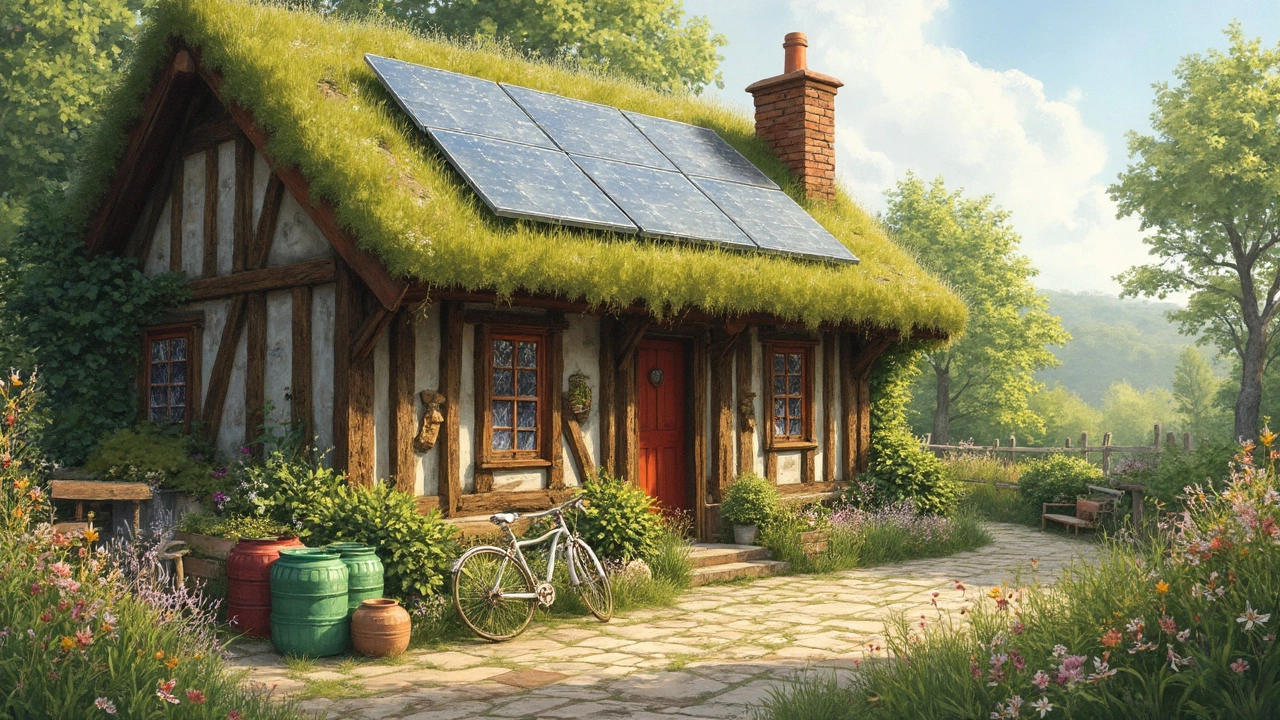
Sustainable Home: Simple Steps for Green Living
Thinking about making your house greener but not sure where to start? You don’t need a massive budget or a degree in architecture. Small changes add up, and the right choices can even cut your bills. Below you’ll find clear, actionable advice that fits most budgets.
First, ask yourself what you want most: lower energy costs, a healthier indoor climate, or less impact on the planet? Your goal will guide the next steps, whether it’s swapping out insulation or adding solar panels. The good news is every improvement, big or tiny, moves you closer to a truly sustainable home.
Choosing Eco‑Friendly Materials
Materials are the foundation of any green build. Look for products that are recycled, locally sourced, or have a low embodied carbon rating. For example, reclaimed timber can replace fresh lumber, and bamboo flooring grows fast and needs little water. Avoid PVC, fiberglass insulation, and high‑VOC paints – they release harmful chemicals and can raise your carbon footprint.
If you’re renovating, consider wool insulation or cellulose made from recycled newspaper. Both trap heat well and are easy to install yourself. And don’t forget windows: double‑glazed units keep heat inside during winter and out during summer, cutting heating and cooling needs dramatically.
Saving Energy and Money
Energy‑saving upgrades often pay for themselves. Start with a smart thermostat – it learns your routine and trims waste without you lifting a finger. LED bulbs use a fraction of the power of incandescent lights and last up to 20 years, so swapping them out is a one‑time effort with lasting benefits.
Seal gaps around doors and windows with weatherstripping. It’s a cheap fix that prevents drafts and reduces the workload on your heating system. If you can stretch the budget, a small solar panel kit on the roof can shave a noticeable chunk off your electricity bill, especially in sunny months.
Water conservation also counts toward a sustainable home. Install low‑flow showerheads and faucet aerators to cut usage without sacrificing pressure. A rain barrel collects runoff for garden watering, lowering your reliance on municipal water and saving a few pounds each month.
Finally, think about the layout of your home. Open‑plan designs let natural light reach deeper rooms, reducing the need for artificial lighting. Position frequently used spaces—like the kitchen and living area—on the sun‑facing side of the house to take advantage of passive heating.
Going green doesn’t have to be overwhelming. Pick one or two projects that match your budget and timeline, then move on to the next. Over time you’ll build a house that feels comfortable, costs less to run, and leaves a smaller mark on the environment.
Ready to start? Check out our other articles on affordable eco‑friendly builds, tiny house costs, and the real price of green living. Each one gives you more details you can apply right away.
